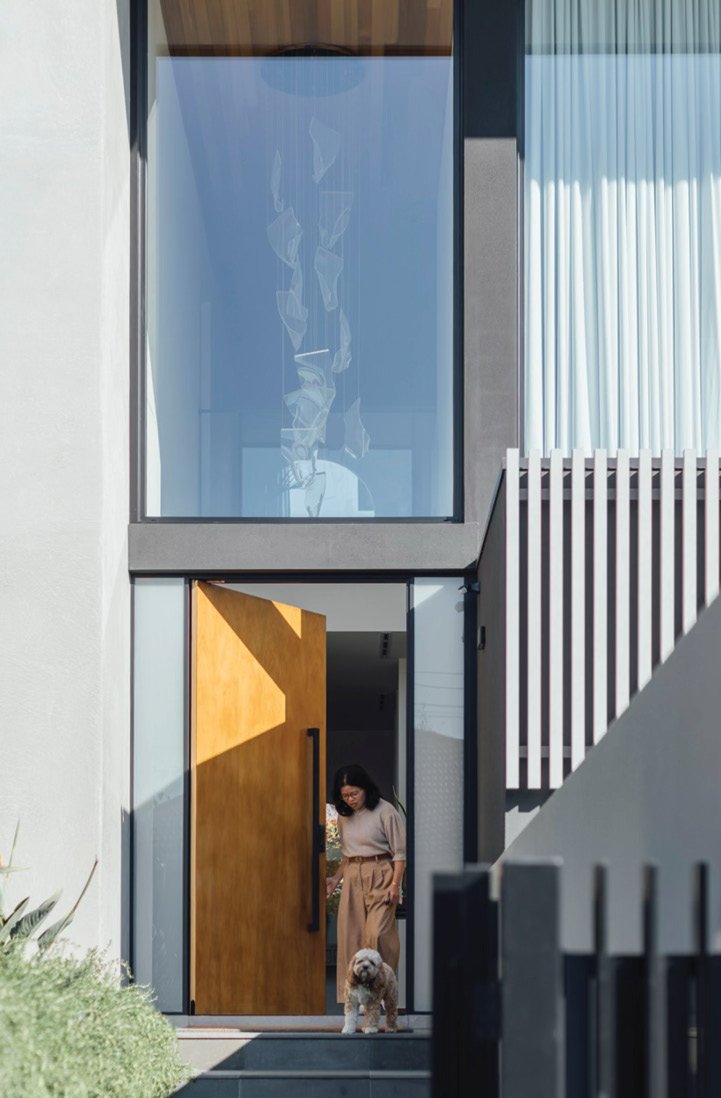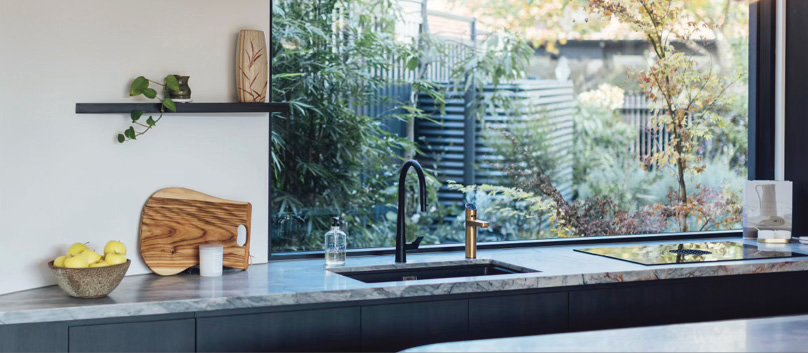HOME
HOME
page - 5 / 33
MARKETING DESIGN & PHOTOGRAPHY
Lulustudio.ca | Vancouver . Canada


life style Local business
resource
OOMOZ
OOMOZ
page - 5 / 33
604Hush City SOUNDPROOFING 4-3671 Viking Way
604 603 4874
In the serene landscapes of British Columbia, where the natural world often sings its own tune, the desire for tranquility within our homes is paramount. As homeowners and developers increasingly prioritize peace and quiet, the role of sound insulation in residential construction has never been more critical. From the rumble of urban life to the pitter-patter of rain on the roof, effective sound control allows us to truly enjoy our living spaces.
To shed some light on this essential aspect of modern home building, we’re taking a third-party perspective, exploring the various sound insulation materials making waves in BC, and how they contribute to a more serene domestic environment.


Modern sound insulation materials are designed to integrate seamlessly into a home’s design without compromising on visual appeal. The true beauty lies in the invisible comfort and quiet they provide. Investing in effective sound insulation is an investment in comfort, well-being, and the long-term enjoyment of a truly quiet home.
The Science of Silence: Understanding Sound Control Products
Achieving superior sound insulation isn’t just about adding more material; it’s about strategically incorporating products designed to absorb, block, or dampen sound waves. In British Columbia, a range of innovative Sound Control Products are being utilized.
For walls, builders are turning to acoustic drywall, which is denser and incorporates sound-dampening materials. Mineral wool insulation is also excellent at trapping sound waves, commonly used in interior and exterior walls. Resilient channels are installed between drywall and studs, preventing vibrations from transferring and significantly improving sound isolation.

For floors, acoustic underlayment placed beneath finished flooring absorbs impact noise and reduces sound transmission between levels. In multi-story construction, a layer of gypcrete over a sound-absorbing mat on the subfloor effectively reduces both impact and airborne sound. Batt insulation between floor joists also helps absorb airborne sound.
Windows and doors are critical for sealing out sound. Laminated glass windows, with a PVB inter-layer, significantly reduce outside noise. Double or triple glazing with air gaps also contributes to sound reduction. For doors, solid cores and specialized acoustic seals and gaskets create a tight, soundproof barrier, along with effective thresholds and door sweeps.


Beyond the Hush
A Look at Sound Insulation in BC Home Construction
